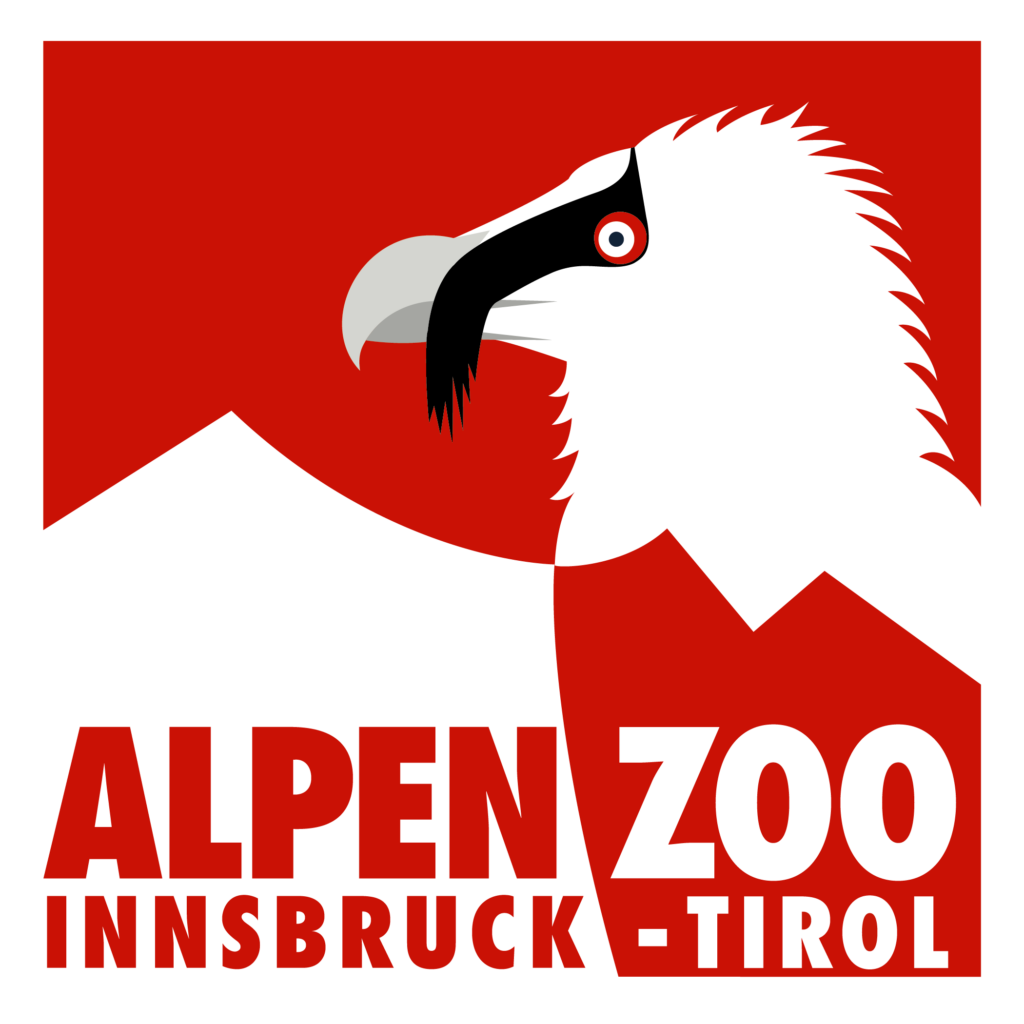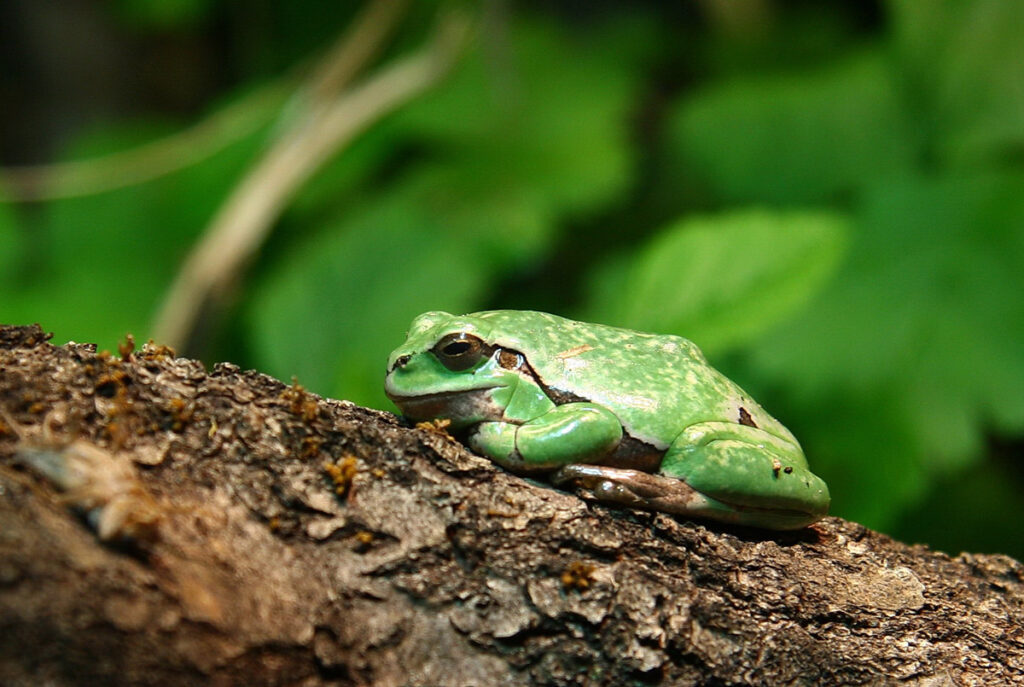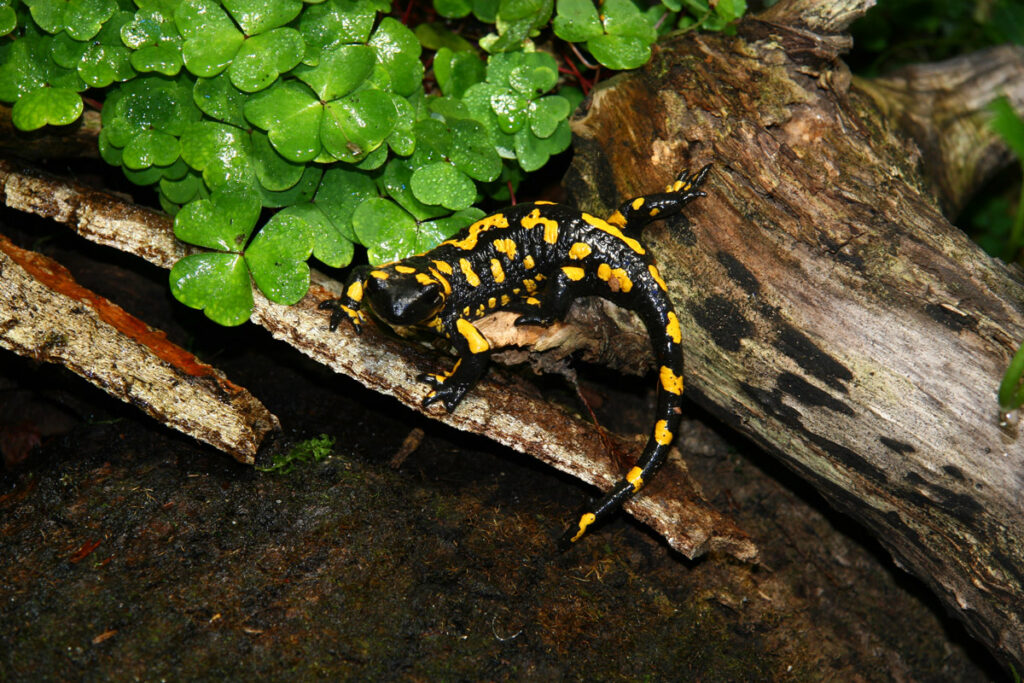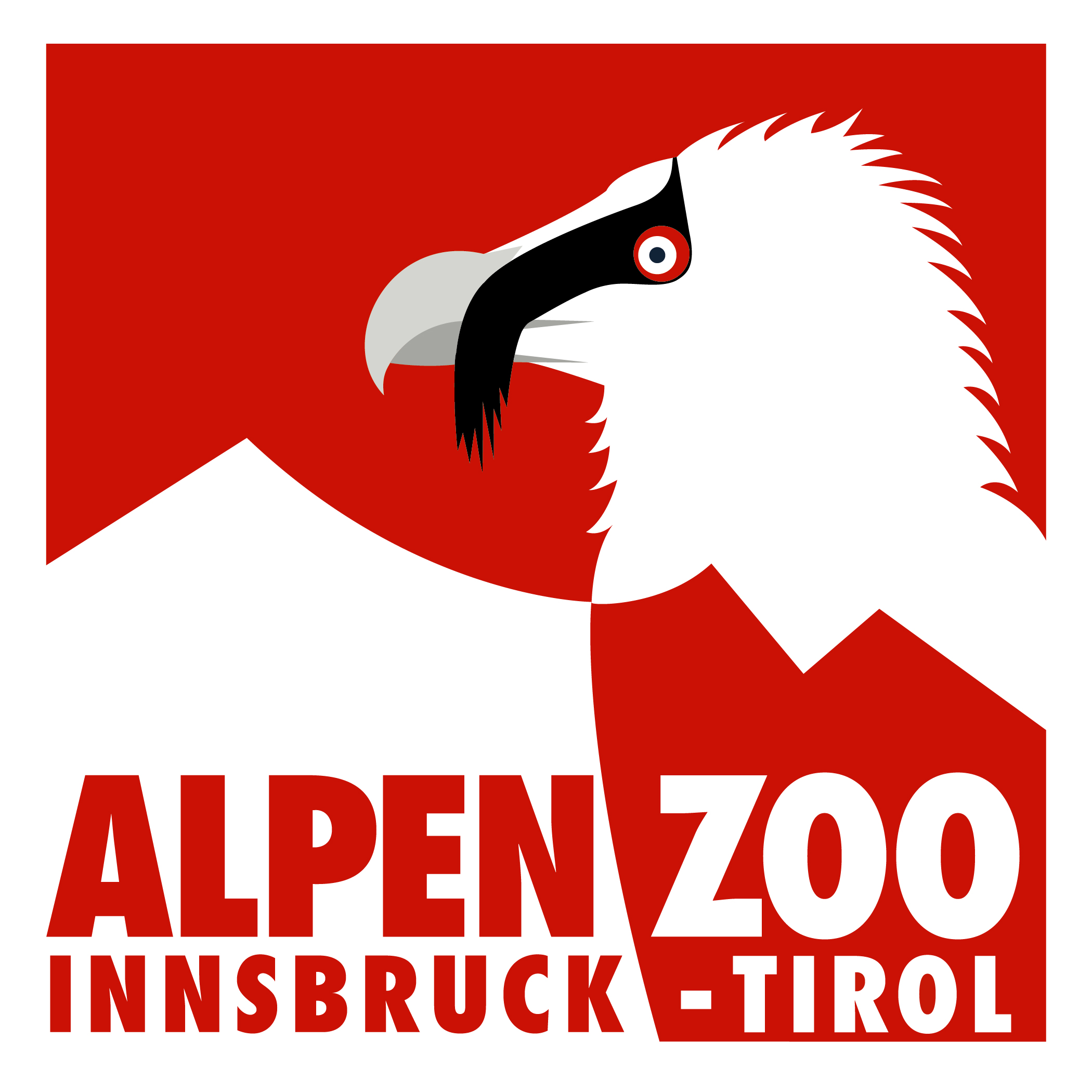Amphibians
various frogs and tailed amphibians can be seen in the aqua-terrarium. Great crested newtsare strikingly large, up to around 15 cm long, and during the mating season the males have a high, serrated crest on their back and a silvery longitudinal stripe on their tail. Great crested newts can live in water all year round, in some places they enjoy a longer land phase. The same applies to the much smaller pond newt, which also has a crest running over its back and tail in its “aquatic costume” and is covered with black dots all over its body – including on the shiny orange side of its belly.
The marsh frog is the largest frog in Europe and its loud, almost shrill-like croaking can be heard from afar, as you can see for yourself at the touch of a button in the “Voices in the reeds” (“Stimmen im Schilf”) display case. The tree frogsform their own family within the amphibians. With their adhesive discs on their toes, they climb effortlessly upwards in the sun-drenched bushes, adapting their skin colour to the respective ground. In contrast to the lateral acoustic bubbles produced by marsh frogs, tree frogs have an acoustic bubble on their lower jaw with which they produce their relatively loud mating calls.
The yellow-bellied toads are housed in the same terrarium as the pond newts. The upper side of the yellow-bellied toad is a camouflage-coloured grey-black. In case of danger, they turn on their backs and show their yellow belly as a warning signal to predators. Their mating call is relatively quiet and sounds like an “ung-ung”.





